The Various Mountain Biking Disciplines - From Cross Country and Trail to Enduro and Downhill
When we talk about mountain biking in our country, the Netherlands, we usually have the cross country discipline in mind. This makes sense because it is the most popular discipline in our flat cycling country. Nonetheless, Mantel certainly doesn’t only sell XC mountain bikes. In this blog we will tell you more about the different MTB disciplines as well as the bikes used in each of them.
Hardtail versus Full Suspension
Before discussing each mountain biking discipline, we will explain the difference between hardtail and full suspension MTBs.
Hardtail mountain bike
A hardtail mountain bike has a suspension front fork and a stiff rear half, where there is no suspension. This type of MTB is designed mainly for riding tours and marathons. Because a hardtail mountain bike has no rear shock, it is lighter than a full suspension bike. An advantage of this lower weight is that you can accelerate and climb quickly. A disadvantage of not having a rear shock is that you have less control and comfort when riding on rough terrain.
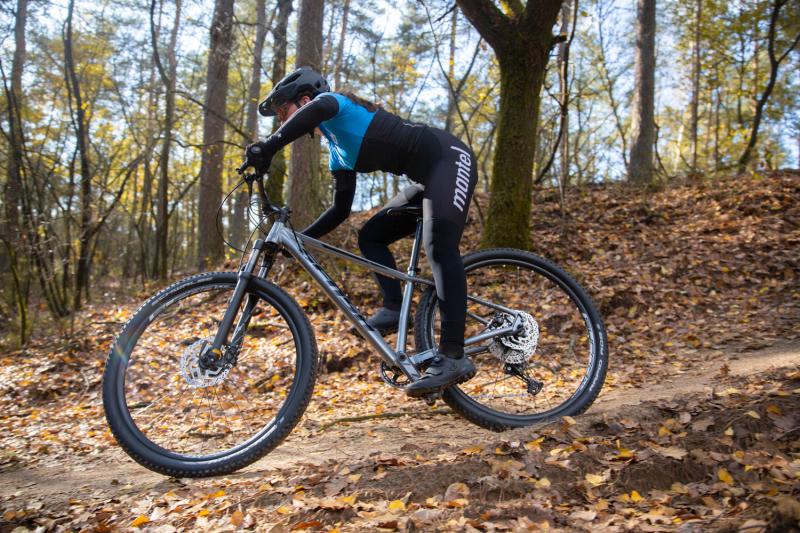
Full suspension mountain bike
A full suspension mountain bike, or ‘fully’, has a suspension front fork as well as a suspension rear half. This combination cushions even the biggest bangs and bumps during your ride. So, a fully ensures more comfort and control in the mountains or on rough terrain. A disadvantage of rear suspension is that it makes the MTB heavier than a hardtail bike. Also, a rear shock means more maintenance. A full suspension mountain bike excels primarily in the mountains where the descents are steeper and where tracks are often more technical due to rocks, tree roots and drops.
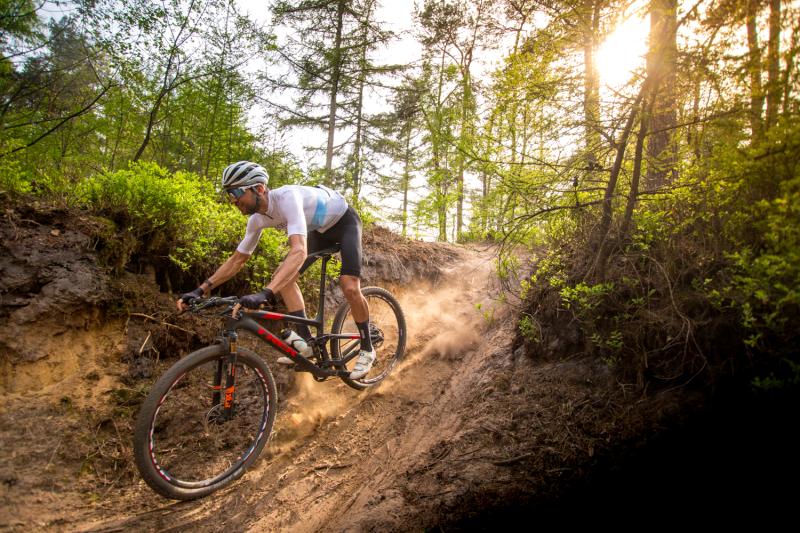
Which mountain biking disciplines are there?
Cross Country (XC)
The Cross Country mountain biking discipline is by far the most popular one in the Netherlands, Belgium, Luxembourg and Germany. In cross country riding you follow a certain route in the forest, where you encounter natural obstacles such as roots, rocks and the occasional small drop. With an XC mountain bike, you usually ride on rolling terrain with a few steep climbs here and there. These mountain bikes are generally lighter than, say, freeride or downhill MTBs, so you can climb easily and go fast on the trails as well.
In XC races, you generally ride several laps on the same course whose terrain is varied but usually does not include extreme obstacles. There are exceptions though; some XC race tracks are super technical. In XC races, the main focus is on technical skill and endurance.
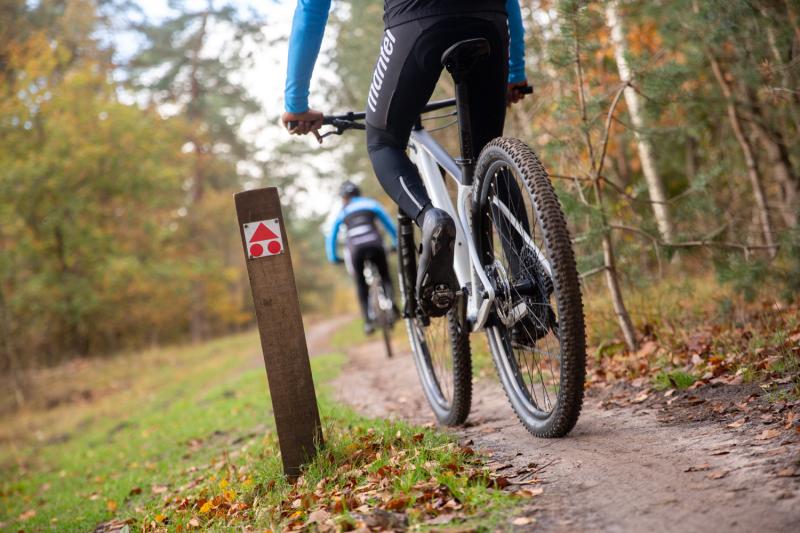
You can choose either a hardtail or a full suspension MTB with up to 110 mm of suspension travel. In the past, most XC riders had hardtail bikes, but since fullies are getting lighter and more efficient they are increasingly popular in this discipline. Cross country mountain bikes are built for speed and efficiency on the trails, and absorb the shocks from bumps mostly via the suspension parts. And the suspension absorbs some of the force applied by you.
The fact that a cross country mountain bike is relatively lightweight is also reflected in the choice of wheels in this discipline. For more information on cross country mountain bike wheels, please consult our blog on MTB wheels. As for your riding position, an XC bike is quite aggressive (leaning forward), which ensures high power transfer, high aerodynamics and high steering precision. The downside is that it is less comfortable than a more upright sitting position.
Trail
A trail mountain bike is, in principle, a more playful version of an XC mountain bike. It is very versatile and can be used on many different types of terrain. The trails on which you ride are usually more technical and challenging than in cross country riding. Trail bikes are particularly suitable for mountain bikers who prefer challenging rides.
Trail mountain bikes take their place between XC and Enduro bikes, and are built for climbing as well as descending. Many trail MTBs have a dropper post, which is a seat post which height you can change; for example, it allows you to lower your saddle for more technical descents.
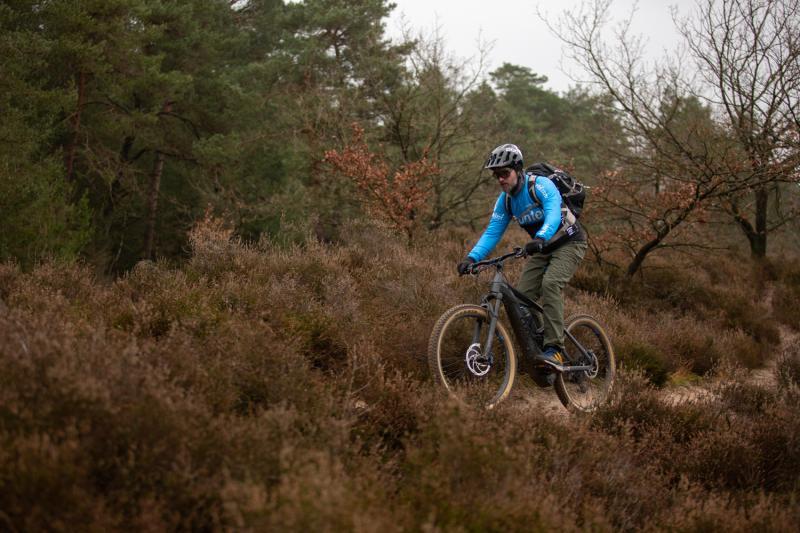
Still, in a trail bike the focus is more on comfort and control on rough terrain than in an XC mountain bike. A trail MTB has a suspension fork (with 120 to 150 mm of suspension travel) and a rear shock. And on a trail bike your riding position is a bit more upright than on an XC mountain bike.
Enduro / All Mountain
Enduro is a mix of the cross country and downhill mountain biking disciplines. Participants in races in this MTB discipline descend over a track similar to a downhill track but less steep and technical. The main difference is that, in Enduro, you have to ride to the start of the next descent yourself, i.e. uphill. These are often steep climbs. Your final score is the accumulated time over all the descents in the race.
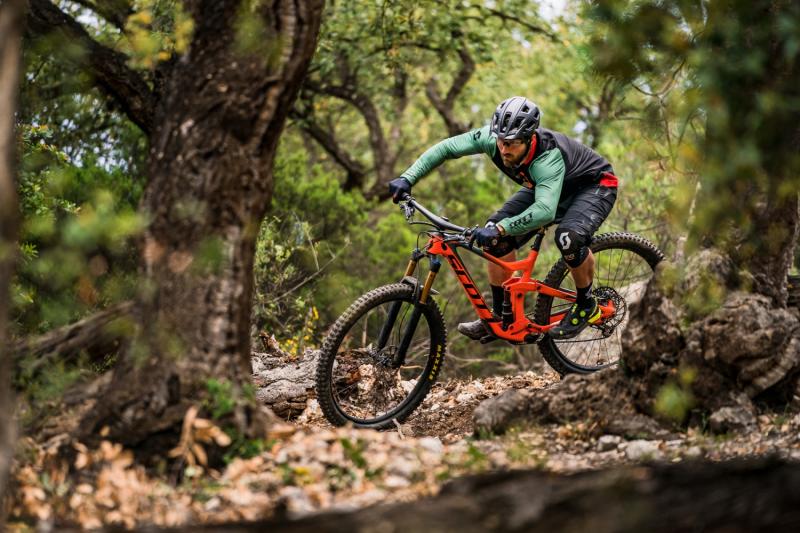
So, with an Enduro bike you can descend as well as climb but the main focus is on high-speed descending. These mountain bikes have 150 - 180 mm of suspension travel both front and rear. And the dropper post has become an indispensable feature on Enduro bikes. A dropper post makes climbing easier and allows for descending at full speed without the saddle getting in the way in really technical sections.
Downhill
Downhill mountain biking falls under the category of extreme sports. This is because the goal is to get down from the top of a mountain and across the finish line below as quickly as possible. So this discipline is all about high-speed descending.
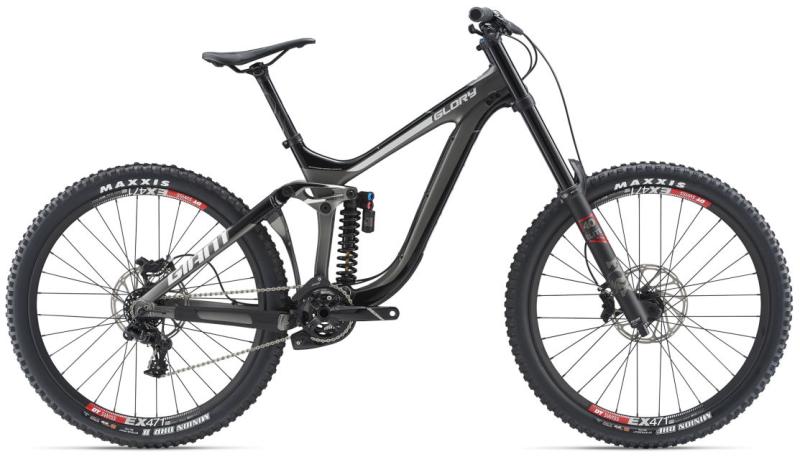
Downhill mountain bikes have a suspension travel of 200 up to 240 mm. This MTB discipline is certainly not for everyone; it takes a fearless mindset to come down through a forest at speeds of up to 60 km per hour and make jumps of 20 metres and more. MTB protective gear and good MTB clothing are highly recommendable in this extreme mountain biking discipline.
Freeride
A freeride mountain bike is made for both impressive descents and large jumps. If you’re in a mainly flat environment, you can go to local bike parks that include light freeride courses. We also see those in many bike parks abroad.
Freeride mountain bikes look like downhill bikes but are slightly lighter, have less suspension travel and more gears for easier riding on the flat. In comparison to Enduro bikes, the geometry of the frame has a more backward angle and the saddle is much lower.
Also, a freeride mountain bike is somewhat heavier, has wider tyres and has 160 - 200 mm of suspension travel. In freeride races, participants are free to decide how they get down from the top to the foot of the mountain. They score points with the tricks and stunts they perform on the descent.
Sub mountain biking disciplines
The MTB disciplines we have described above are the best known ones but mountain biking includes many more subdisciplines, such as Beach Racing, which is gaining popularity fast, Marathon and Cross Country Eliminator.
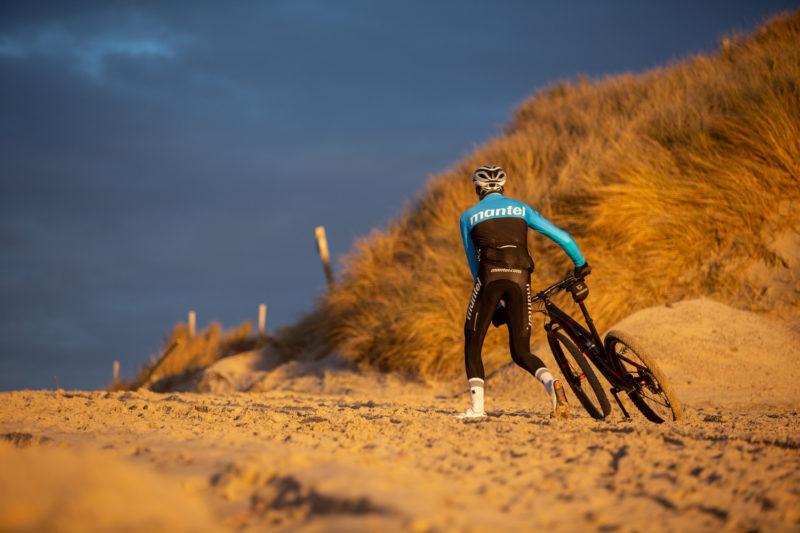
Cross Country Eliminator (XCE)
Despite being similar in name to cross country riding, XCE is a completely different discipline. It is mainly practised in urban environments with an abundance of unnatural obstacles such as pump tracks, wooden ramps, walls, large staircases and rock gardens.
Races cover short distances - often 500 to 1000 metres - with four riders sprinting against each other for first place. Only the top two riders advance to the next heat. The final is then run with the four best riders of the day. In XCE, the focus is mainly on technique and explosiveness. Because races are so short, endurance is less important, where it is in XC racing.
Marathon
Marathon mountain biking is a long-distance discipline: for a race to be called a marathon it must cover a distance of at least 80 kilometres. Most races are more than 100 km, with the participants starting as a peloton but each riding for his/her own individual performance. Many marathons include quite a lot of altitude metres as well. And for those who think a normal marathon is not challenging enough, there is the option of competing in ultra-marathons, where they cycle even more than 200 km.
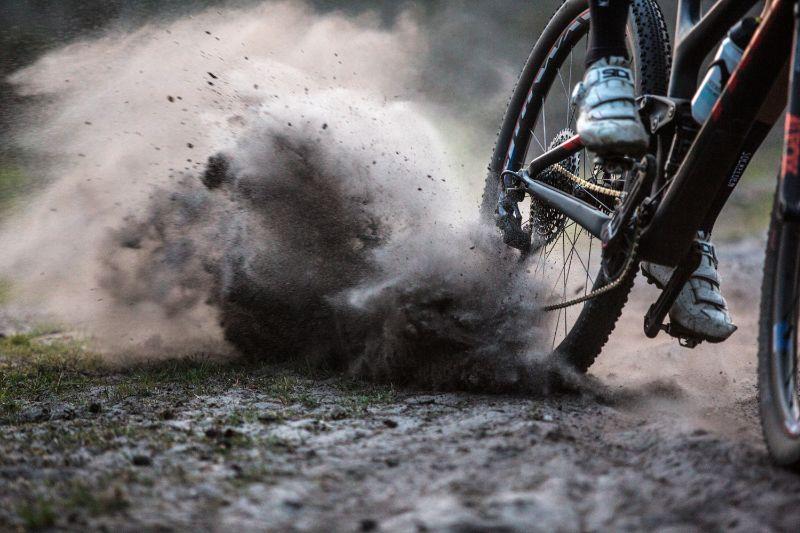
A marathon mountain bike is an XC mountain bike whose focus is on weight and comfort. In the basis, marathon riding has many similarities with cross country riding, except that it is not done on short tracks that you ride several times. Rather, you ride a long single-lap route. In marathon riding, the main focus is on endurance and not so much on explosiveness or technical ability.
Which is your favourite MTB discipline? And which other mountain biking disciplines would you like to try someday? Share your thoughts with us below!
Eva van den Berg
Since starting work at Mantel, I’ve been reading and writing about bikes on a daily basis. This added to the fact that I am testing new products, has caused me to get excited to expand my own bike collection. I wonder what the inside of my garage will look like in a few years. Luckily I have a big garage at home!
Related posts

Gift ideas for Christmas: a perfect present for every cyclist!
8 December 2023Gift ideas for Christmas: a perfect present for every cyclist!The Christmas holidays are just around the corner! If you ...
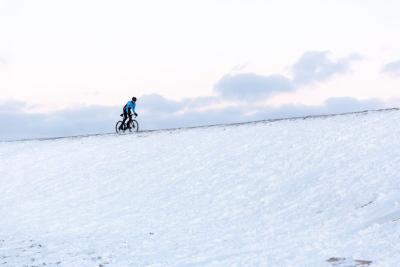
What winter cycling gear do I need for which temperature? [Buyer's Guide]
18 October 2023The leaves on the trees are slowly turning shades of red and yellow ...
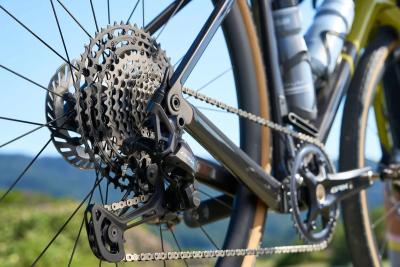
Shimano Launches New Mechanical 12-speed Gravel GRX 820 and 105 R7100 Road Bike Groupsets
31 August 2023The cycling world is constantly innovating to improve performance and the cycling experience ...
 Nederland
Nederland België
België Deutschland
Deutschland United Kingdom
United Kingdom Finland
Finland Ireland
Ireland Luxembourg
Luxembourg Portugal
Portugal Poland
Poland Österreich
Österreich France
France España
España Italia
Italia Sverige
Sverige Danmark
Danmark










































































































































































































































